Many bittersweet experiences shaped my developing world view over the last decade through budget slow travel in early retirement with my spouse.
As we celebrate a decade of travel, I’ve listed my 10 best adventures, 10 best UNESCO sites, and more, in previous posts. Now I’d like to share 10 humbling experiences over the last 10 years, because it might help people who don’t travel as much as we do to gain a bit of insight into how other people around the world really live.
10 humbling experiences in global travel
Truthfully, there are countless humbling experiences in my decade of global travel. These 10 jumped to mind the day I sat down to write this.
- 10 – Nile River desperation
- 9 – Ukrainians far from the front
- 8 – Down-and-out Canadian in Mexico
- 7 – Beggars and the Buddhist Circuit
- 6 – The Indian tour guide who rented camels
- 5 – happiest guy we ever met – made happier
- 4 – Mayan family home without running water
- 3 – Homeless in a refugee camp
- 2 – Helping pandemic hardships
- 1 – Working for the Ati – an indigenous tribe
10 – Nile River desperation
Men are so desperate to make a sale on the Nile River in Egypt between Luxor and Aswan that they stand at a river lock and throw blankets up onto cruise ship decks. They hope a tourist will send money down in return. Instead, the tourists on our boat threw all the blankets back down. Imagine you’re so hopeful to make a sale you risk losing your merchandise if it lands in the water on the toss back.
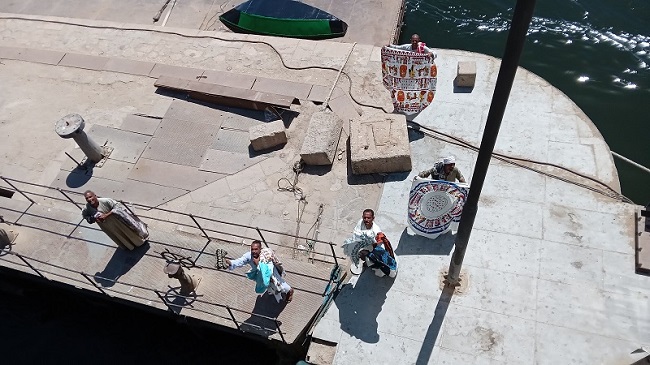
Just as desperate, young boys around 10 to 12 years old used surfboards to paddle out to our sunset cruise boat in Aswan. They latched on and sang Alouette, hoping we’d give them a dollar for their performance. We gave them more than that, even though we understand this doesn’t solve anything in the long term.
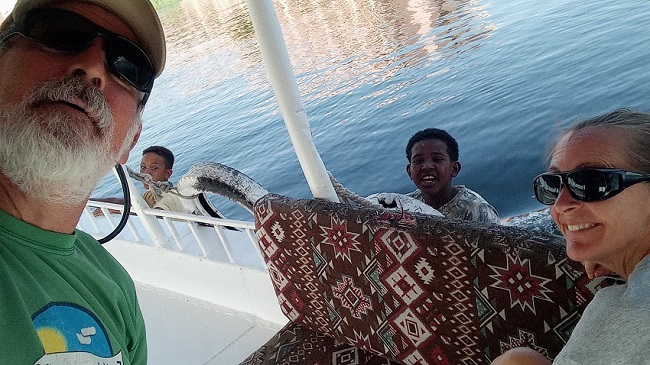
9 – Ukrainians far from the front
We went to Ukraine on the extreme western edge near the Slovakian border in mid-2025. I wrote about that. I still think about that. A lot. There were no men at the crossing. Only women and children. Theo slipped one woman with a child a little pocket money. What else could we do? Well, we supported a Ukrainian business by having dinner at a restaurant in a nearby border town.
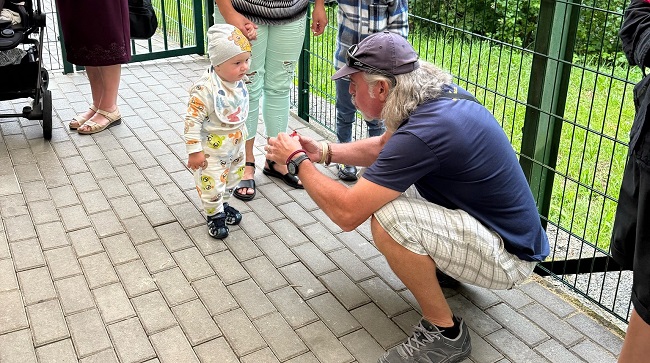
8 – Down-and-out Canadian in Mexico
There was a man named John in Chetumal, Mexico, with a rickety old boat and a wound in his side. He was repairing the boat to get to Belize, because he said God told him to do that. He wasn’t on drugs. He didn’t smell like alcohol. We gave him money. Spouse Theo also wrote to the Canadian embassy to see if they would help John back to Canada because he clearly needed help. But John didn’t want to go — he was only interested in his God’s plan.
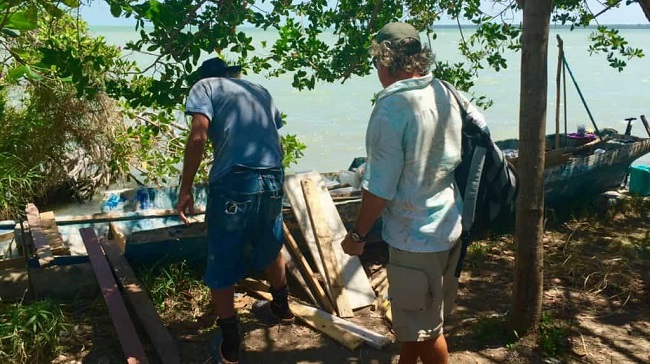
7 – Beggars and the Buddhist Circuit
Bihar is India’s poorest state. Driving through on a tuktuk, I felt as I’d gone back in time to when there was no electricity or other modern amenities. The simple mud and straw homes certainly didn’t have such luxuries. People were barefoot, thin, darker brown and low caste. You can easily see their poverty on display as you travel the so-called Buddhist Circuit – a collection of stops of interest to Buddhists and tourists.
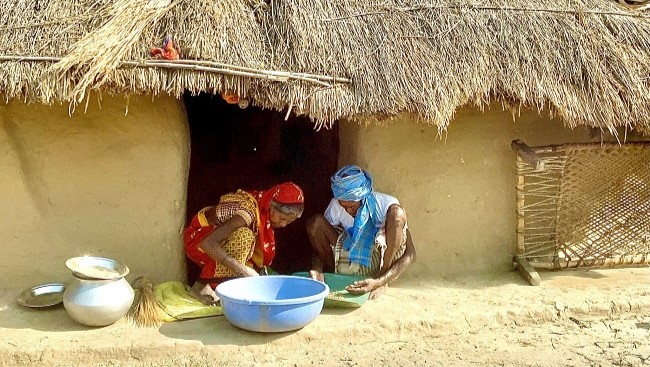
One of the world’s first universities is in Bihar. The original Buddha (Siddhartha Gautama) spent time around a small city named Gaya. The exact place where he was enlightened is Bodh Gaya – a magical place that draws Buddhism followers and tourists. The poorest of the poor in Bihar go to Bodh Gaya to beg.
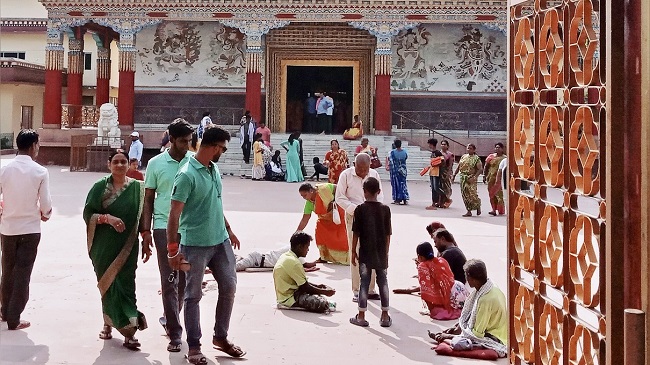
6 – The Indian tour guide who rented camels
We took a desert camping excursion from Jaisalmer, India, shortly after we restarted our post-Covid travel. Our guide was a subcontractor who had to rent the camels to take us on that desert tour because he sold his own camels during the pandemic to feed his family.
As this unlucky entrepreneur led us through the desert on foot — another camel rental would be too costly — he wore only flip flops in scorching hot sand.
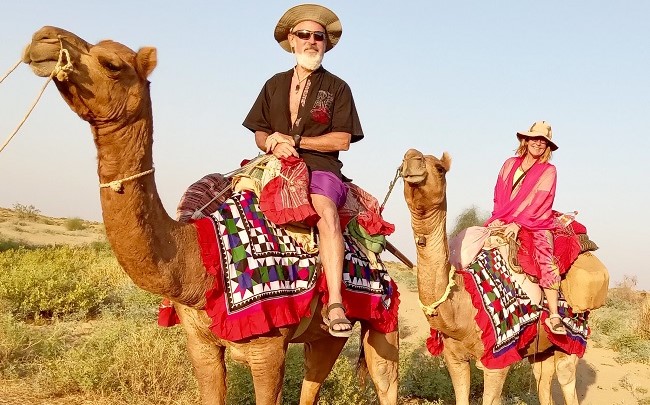
We wanted to help him get out of the pandemic hole he’d gotten into, so we bought him one camel. In case you’re wondering, a camel of good stock in that part of the world cost $400 in 2022.
Our entrepreneurial friend keeps in touch with us. He reports his business is getting stronger, he’s making more money, and his camel is happy.
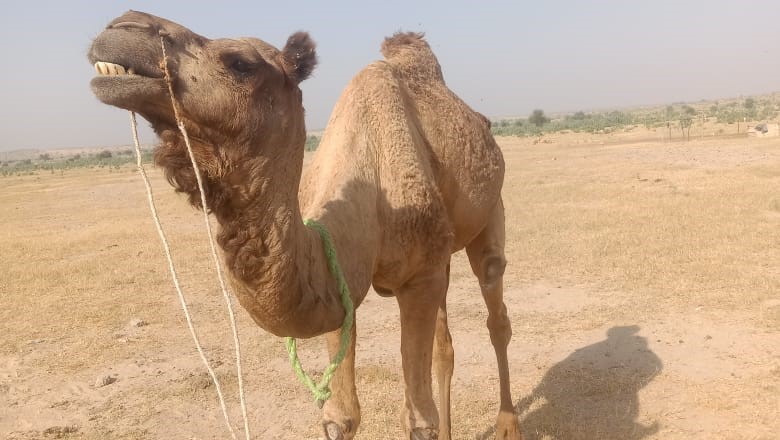
5 – happiest guy we ever met – made happier
Every day, all day, Ashik Nepali’s poor family stationed him in his wheelchair at a bend in the road where cars slowed down just outside the main area of Pokhara, Nepal. The family hoped people would make a donation.
His nickname is Ganesh, and from our first meeting to our final parting, he was always smiling. His mind is good – it’s his motor skills that need extra help.
We built a small shelter at that spot where Ganesh’s family left him to go to their day laborer jobs. The shelter helped protect him from the elements, and it to give his visitors, friends, family, and potential donors a place to sit.
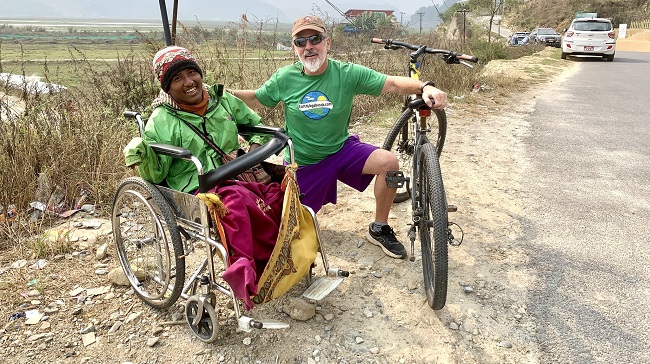
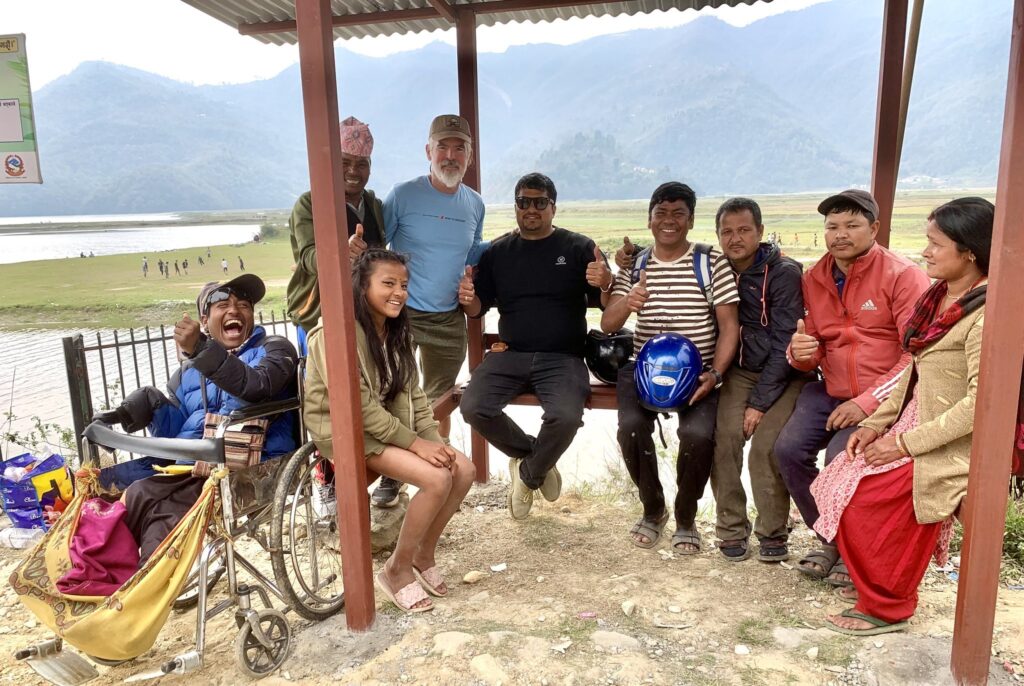
Those visitors became customers because we gave Ganesh a little seed money through a mutual friend, so that he could sell bottled water and snacks to the good souls who visited him.
Last we heard, he was doing well, and, of course, still smiling. Read Theo’s entire moving story here.
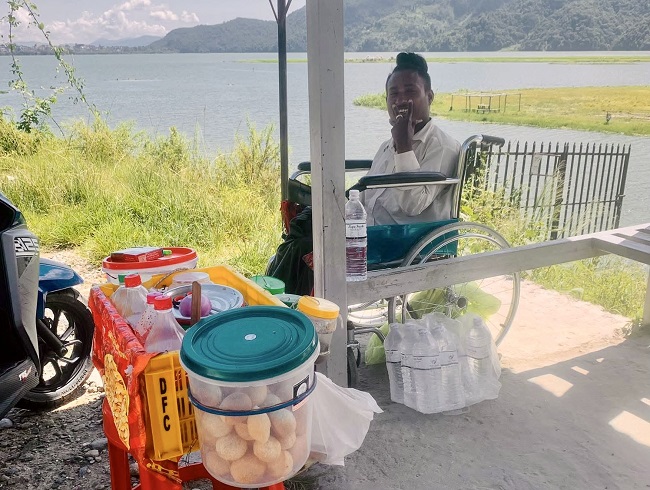
4 – Mayan family home without running water
I struck up a conversation with the manager of a shop in Tikal, Guatemala. We liked him and invited him to dinner. He then invited us to stay with his family – far from Tikal – on our next trip to Guatemala. We accepted.
He and his family are highly educated and of Mayan descent. Our friend was actually an archeologist, but worked in a souvenir shop because of scarce jobs. Their home is one of the finer ones in town, yet they had no running water and cooked meals over a wood fire. This dichotomy has stayed with me all these years: a home full of luxuries does not determine a person’s value. And those homemade meals sure were tasty.
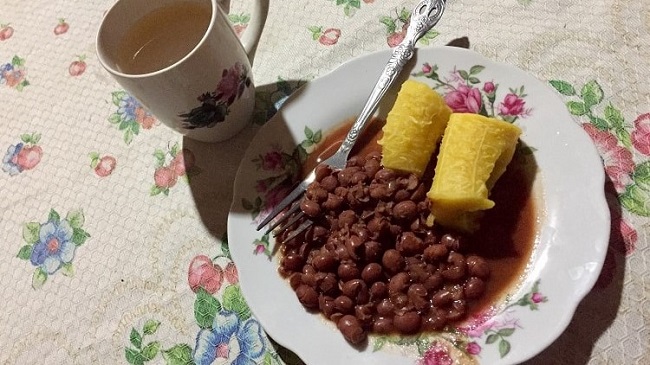
3 – Homeless in a refugee camp
We volunteered in late 2018 at a refugee camp in Greece to teach English, distribute donated clothing, and do minor repairs to things like bicycles. The camp repurposed shipping containers as temporary living quarters, sometimes two families to a container. I was invited into some homes, including that of an Iraqi family. Imagine that. My country invaded their country and left it a mess. Yet, they tried to feed me.
We all sat on the floor and talked as people with a shared humanity – not as people from different countries and insurmountable differences.
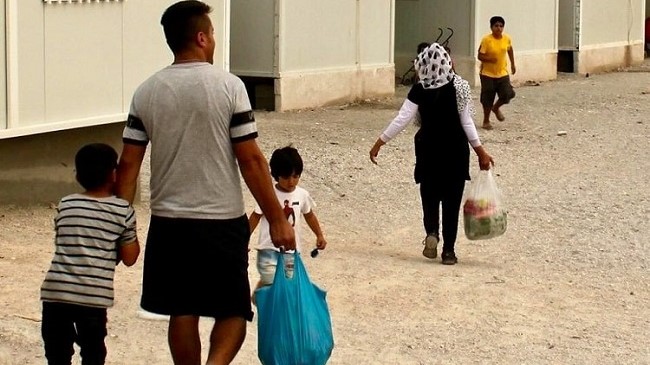
An Iranian man invited us into his home as well. We shared a pizza we brought. And we visited with a Syrian man who was the perfect host.
I’ve kept in touch with some of the people we met there. They’ve all tried to start new lives.
We Earth Vagabonds like to say we are homeless by choice. These people are homeless by circumstance, and I wonder if I could be as strong and brave as them if my circumstances were different.
2 – Helping pandemic hardships
Breast cancer treatment, tuberculosis, Covid, stitches, a pellet removed from a young boy’s ear. We paid many medical bills during the pandemic in the Philippines because many people lost work when tourism stopped.
We also kept the water and lights on, made loan payments so families could keep their transportation, and bought many, many bags of rice for people. In the best times, many Filipinos need help. The pandemic was the worst time.
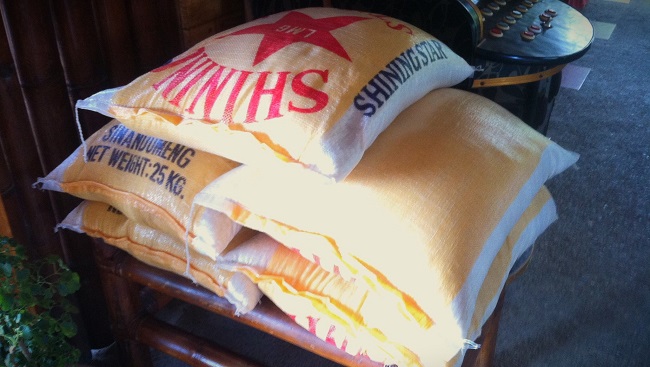
1 – Working for the Ati – an indigenous tribe
The most humbling experience in my decade of travel was befriending and working for the indigenous Ati tribe in mainland Malay, in Aklan Province, on Panay Island, in the Philippines. Those location descriptors are necessary, because there are several separate Ati tribes in the region.
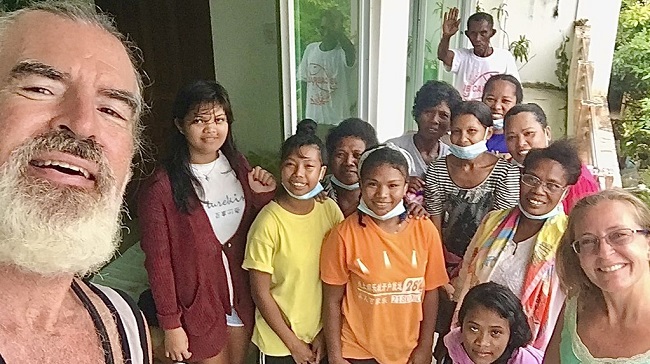
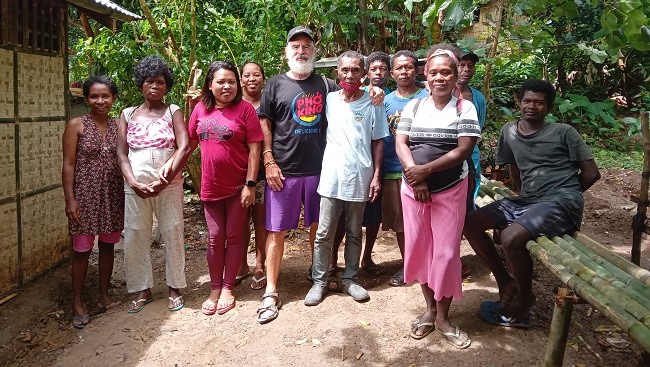
Brief Ati background
The Ati people are a Negrito group that reached the Philippines from Borneo some 30,000 years ago. They inhabited some islands, including the now-famous tourist destination of Boracay. As tourism grew, the Ati were pushed from their nomadic origins to live on government designated land, similar to the Native Americans set up on reservations. Most of the Ati moved off of Boracay Island to the ‘mainland’ (Malay Township on Panay Island). However, a few members remained on a small swampy section of Boracay.
There are a couple of places where the Ati live on the mainland. Some live atop atop a small mountain with no paved roads. When we met them, there was no electricity or drinking water up there. Everything was carried up the mountain by hand, often with bare feet.
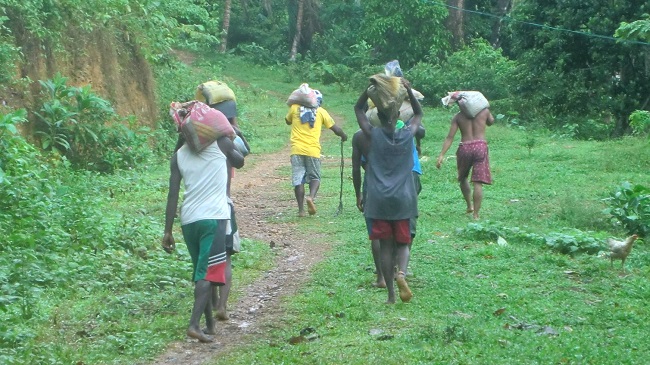
Many Ati worked as day laborers loading cargo on boats to Boracay — their old tribal land — for the tourists. But tourism stopped when the pandemic hit; no cargo loads meant no income.
Our projects to help the mainland Malay Ati
First we build a henhouse that had been destroyed by a typhoon a couple of months before the pandemic that had not yet been rebuilt. Next we brought electricity to Kurong Village – at the top of that small mountain in Malay. Homes suddenly had light at night. People could charge a cell phone, play music. And then we installed a water pump with the new electric source that brought drinking water to the top of the mountain.
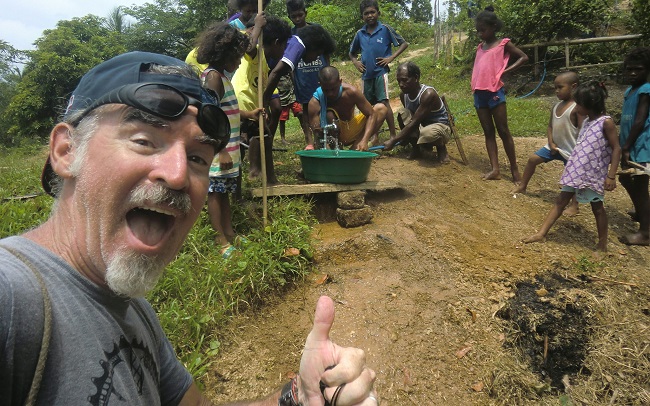
Then came typhoon shelter repairs. Then a playground, planting trees and gardens, new boat construction and old boat repairs, fishing nets, weaving supplies, and more.
Every project was led by Theo and the late Chief Ernesto. It was all done by hand. All supplies were carried up the mountain: steel beams, concrete mix, wires, cables, fixtures, wood, nails, everything. Some local Filipinos with good hearts – also our friends – helped with this massive effort. It was a resounding success. It all took a long time.
Honestly, I had to limit my time with the Ati because it made me… uncomfortable… to realize how hard their lives were while I had it so good. I think Theo handled this duality with more unity, in a more spiritually advanced manner.
We left the Philippines in early 2022 to travel again.
Since the pandemic…
Theo went back in the summer of 2024 as I took a two-month trip to go back home. He found all systems still operational. The only thing missing: the chief. He died in a tragic boat crash after we left.
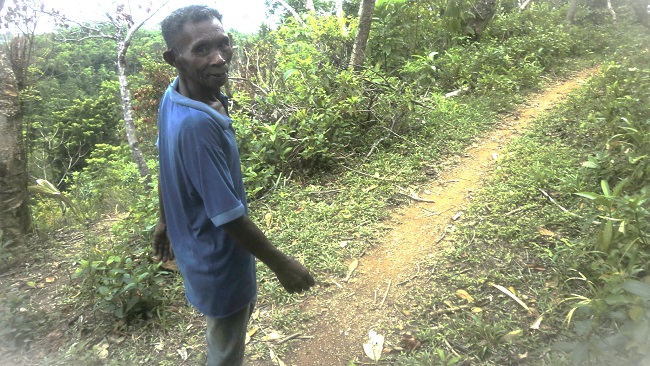
The Chief is missed. Read Theo’s moving tribute, and see our special Ati page.
I look forward to visiting with all of our Ati friends again some day in the future, including the Chief, who once shared his spiritual beliefs with me in such heartfelt manner that our language difference was no barrier.
Until then, I’m on the lookout for more humbling experiences on this travel path, because I have so much more to learn about humanity.
Thanks for reading, “10 most humbling experiences in a decade of global travel.”
More 10-year budget slow travel anniversary posts
- Best 10 adventures in a decade of world travel
- Top 10 UNESCO World Heritage Sites visited in 10 years
- Top 10 ‘human’ experiences in a decade of travel
About Ellen
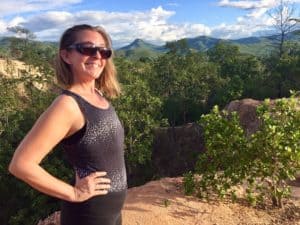
Ellen and spouse Tedly started a budget slow travel lifestyle in 2015. She was diagnosed with early-stage breast cancer while traveling in Europe in 2018 through an annual mammogram. She had a double mastectomy in Croatia, recovered from surgery, and kept traveling.
As a recovered alcoholic, Ellen seeks out spiritual growth opportunities in a variety of ways during her travel life, including service work, volunteering, and the occasional silent meditation retreat.
Recent posts
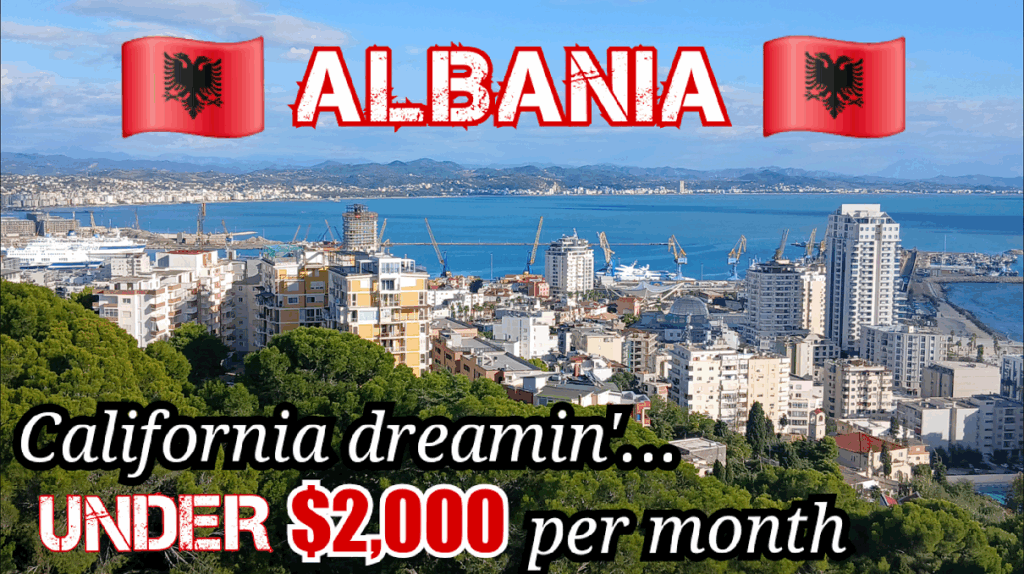
Living for 2k a month in Albania — a budget breakdown
Theo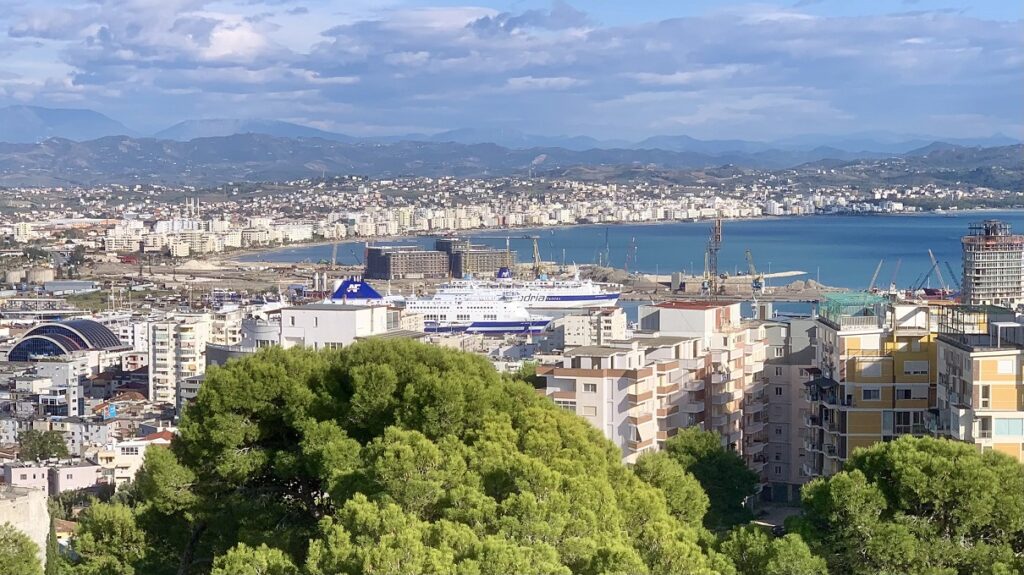
Essential Durres info for budget slow travelers
Ellen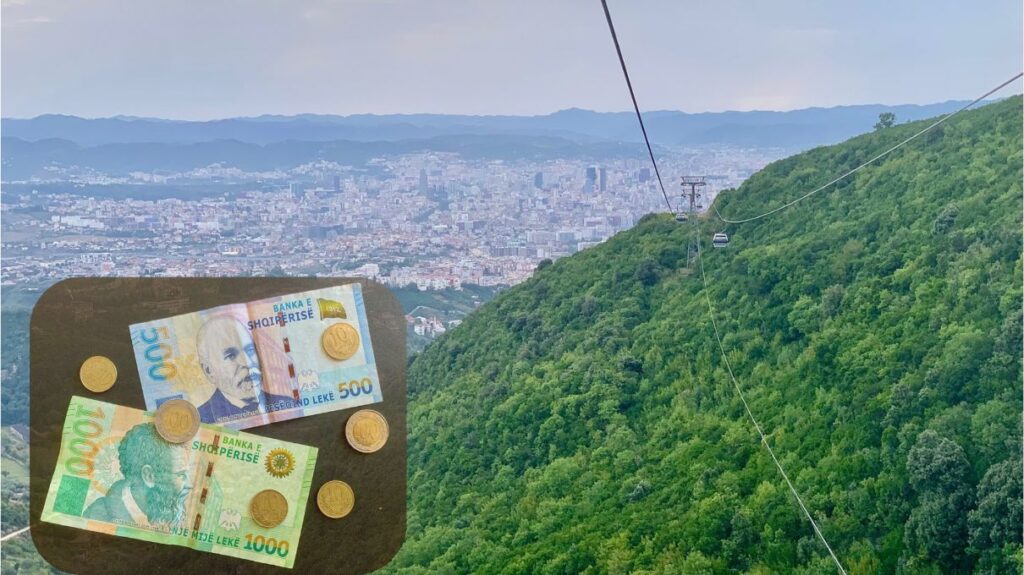
Price examples for budget travelers in Albania
Ellen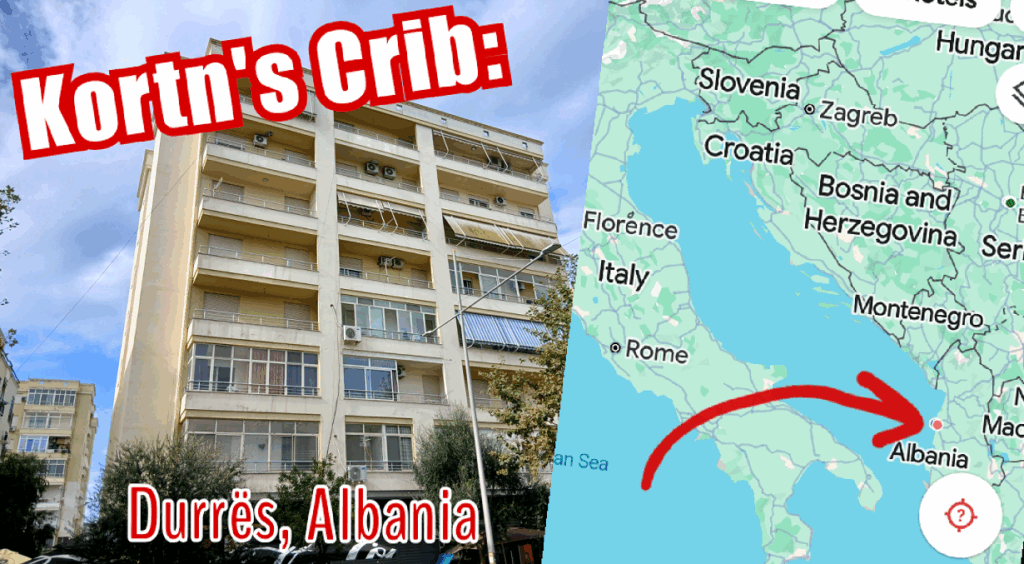
Kortn’s Crib: Durrës, Albania
Theo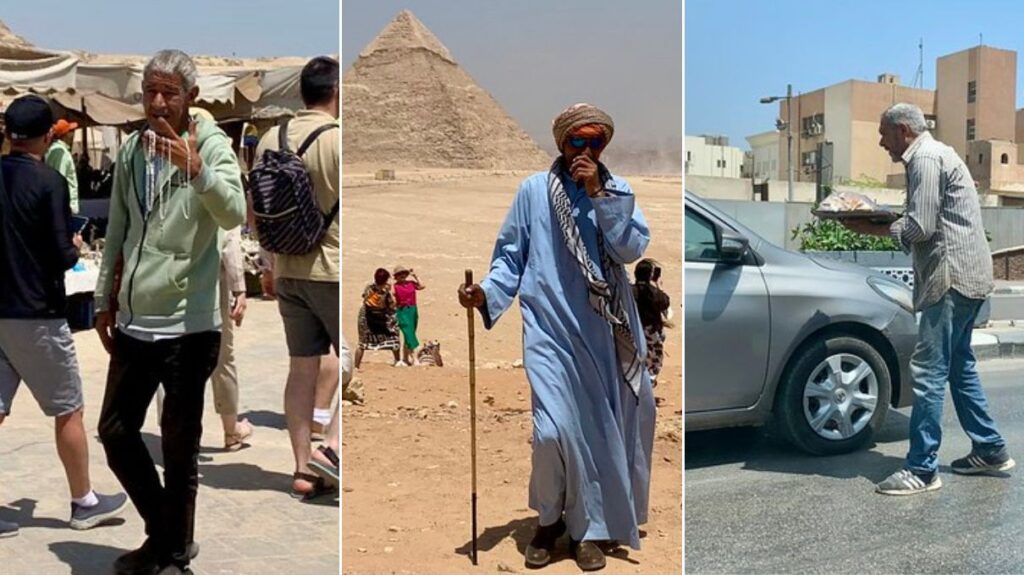
The tourism hustle is high in Egypt, and this is why
Ellen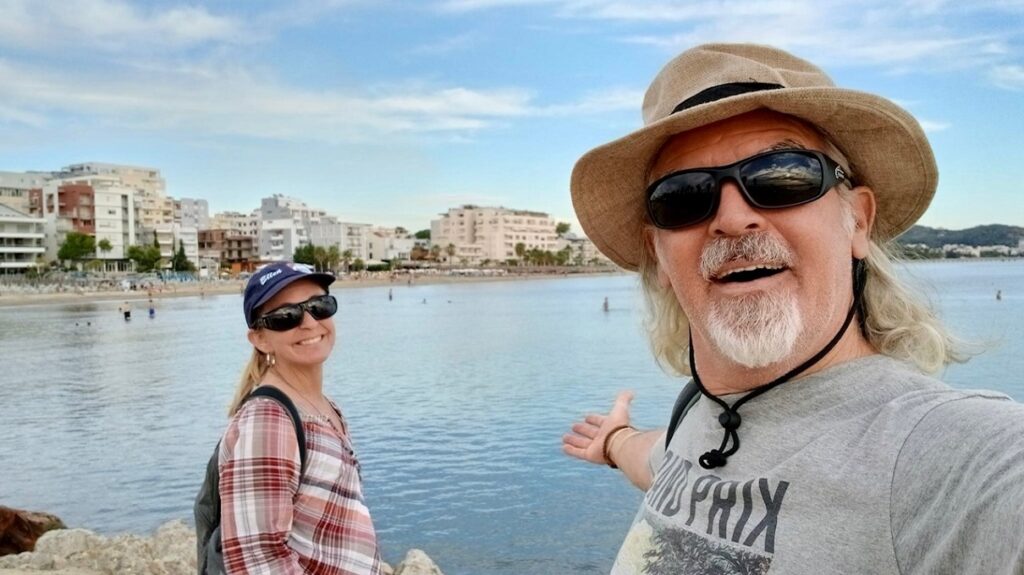
Back to Albania for adventurous budget slow travel in early retirement
Ellen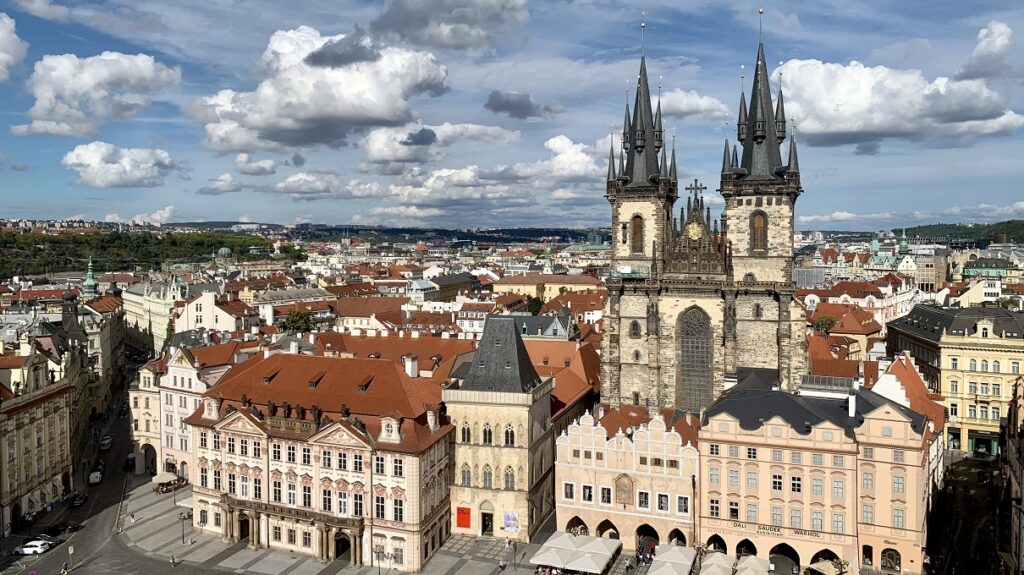
Budget slow travel on hold during ‘vacation travel’ in Europe
Ellen



